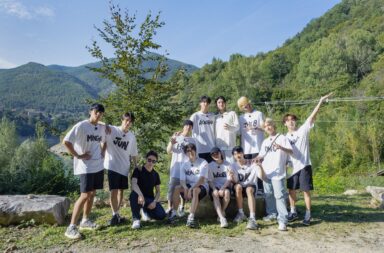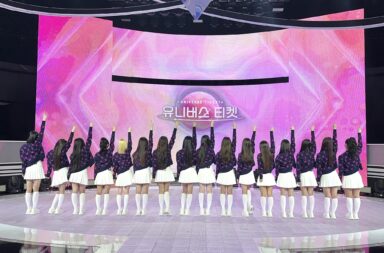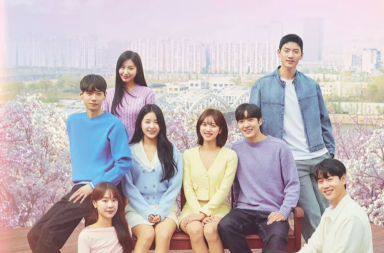
At around the same time the romantic comedy Hometown Cha-Cha-Cha was gaining traction among audiences, another Netflix series was breaking records in its own massive and unexpected way. Squid Game, a bloody socio-political thriller initially released with little fanfare, became the first K-drama to top the streaming service’s global charts. It is now the most-watched Netflix series to date, while Hometown Cha-Cha-Cha, for its part, impressively placed eight on the top 10 charts.
The two shows’ simultaneous rise to the top was cause for major celebration in the K-drama community, but it also highlighted an interesting development that has been going on for a while now. For every release of a typical hit like Hometown Cha-Cha-Cha, there is an atypical project like Squid Game finding surprise success alongside it.
This is not an accident. In recent years, Netflix has been disrupting the status quo with edgy and original stories, while also, paradoxically, upholding it with a stream of safe, sure-fire hits. This dual approach, where alternative and mainstream dramas get equal support and promotion on a platform as massive as Netflix, is more than just a business tactic. It’s a formula helping expand and redefine the boundaries of what a K-drama really is. Netflix’s diversification efforts are out to prove there is more to the genre than just the simplistic reputation that precedes (and often parodies) it.
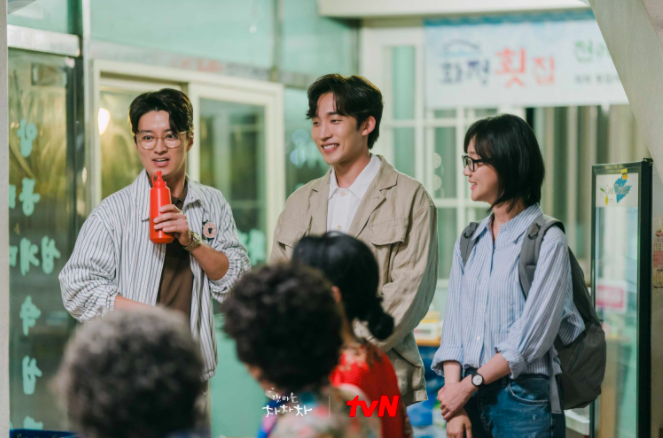
There used to be an almost rigid uniformity among all K-dramas, regardless of their subject matter. Whether it was about crime, history, or politics, a K-drama usually leaned heavily on rom-com or melodrama, while also tiptoeing around taboo topics like sex, drugs, and violence. This built up a predictable reputation for the genre, which the TV analysis site TVTropes describes as “usually aimed at the female audience, and [focuses] mainly on themes such as romance and family.”
While that may have been true years ago, K-dramas have since evolved to include a wider range of styles and themes, and one of the most prominent and pioneering examples of this is Netflix’s 2019 debut drama and zombie thriller Kingdom.
By all accounts, Kingdom is a far cry from what we’ve seen from the format so far. It was unapologetically dark and gory, featuring dialogue and images that would’ve been bleeped out of existence if premiered elsewhere. It was so out of the ordinary that Kim Eun-hee, Kingdom’s writer and creator, tells The Hollywood Reporter that “it was nearly impossible” for the story to be adapted into a drama. In traditional TV, she says, “Smoking, curse words are all not allowed, and while swords are OK, knives have to be blurred out. Needless to say, gory scenes that show harming of dead bodies were taboo.”
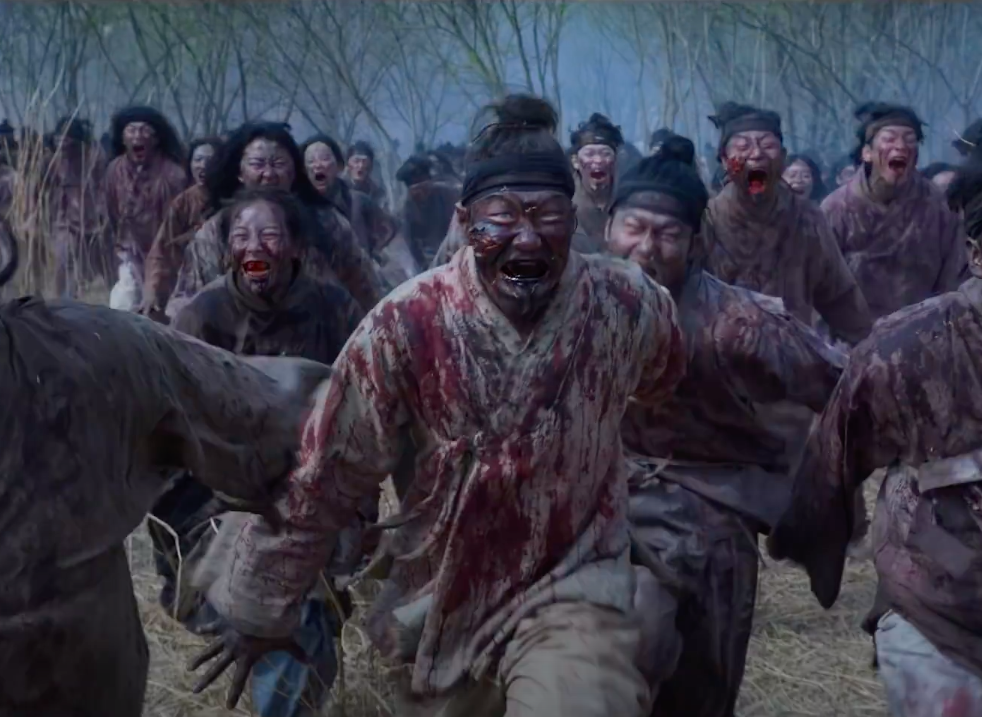
But harm dead bodies they did. By virtue of being both global and online, the Netflix show was able to free itself from traditional restrictions and experiment with previously shunned themes. In the months following Kingdom’s debut, it released the experimental anthology series Persona, the Black Mirror-esque romance Love Alarm, and the hyper-violent dramas Extracurricular and Sweet Home. The platform also deep-dived into weighty issues such as suicide, ableism, and homophobia in Move to Heaven, and championed representation via its diverse leads in So Not Worth It.
These alternative stories, which represent one-half of the Netflix formula, prove there is more to K-drama than what reductive definitions would have you know. The fact that Squid Game, which perfectly encapsulates the spirit of Netflix originals thus far (it’s gory, critical, and relatively diverse), found unprecedented success is also proof of how far these shows can go if given the chance.
Of course, all that said, Netflix itself is not an arthouse or niche platform. Quite the opposite, it’s a major media conglomerate that still has to churn out reliable mega hits, especially if it were to offset its riskier projects. This brings us to part two of the platform’s formula: mainstream stories.
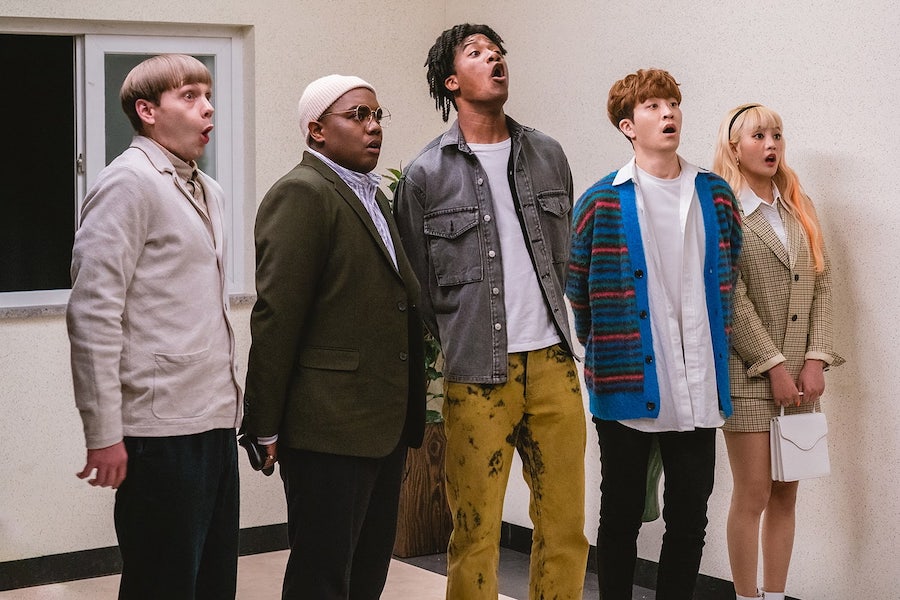
When it entered the Korean TV landscape in 2016, Netflix had yet to arm itself with norm-defying originals. To compensate for content, it cleverly inked deals with major networks and agreed to co-produce blockbusters with them. This meant big names, likable characters, classic romance or conflict, and of course, that endearing brand of K-drama comedy. With tvN, it mounted Crash Landing on You (and more recently, Hometown Cha-Cha-Cha), with SBS, The King: Eternal Monarch, with MBC, Rookie Historian Goo Hae-ryung, with JTBC Itaewon Class, and so on and so forth.
While Netflix occasionally outsources a K-drama that aligns with its actual storytelling philosophy (e.g. it took on JTBC’s Nevertheless, which progressively covered sex and gender, and tvN’s It’s Okay to Not Be Okay, which subverted feminine ideals), for the most part, it goes to the big networks for traditional and commercially viable dramas to add to its growing slate. Not only does this ongoing partnership secure its reign as a drama powerhouse, it also gives Netflix a steady stream of traditional hits that balance out its experimental content.
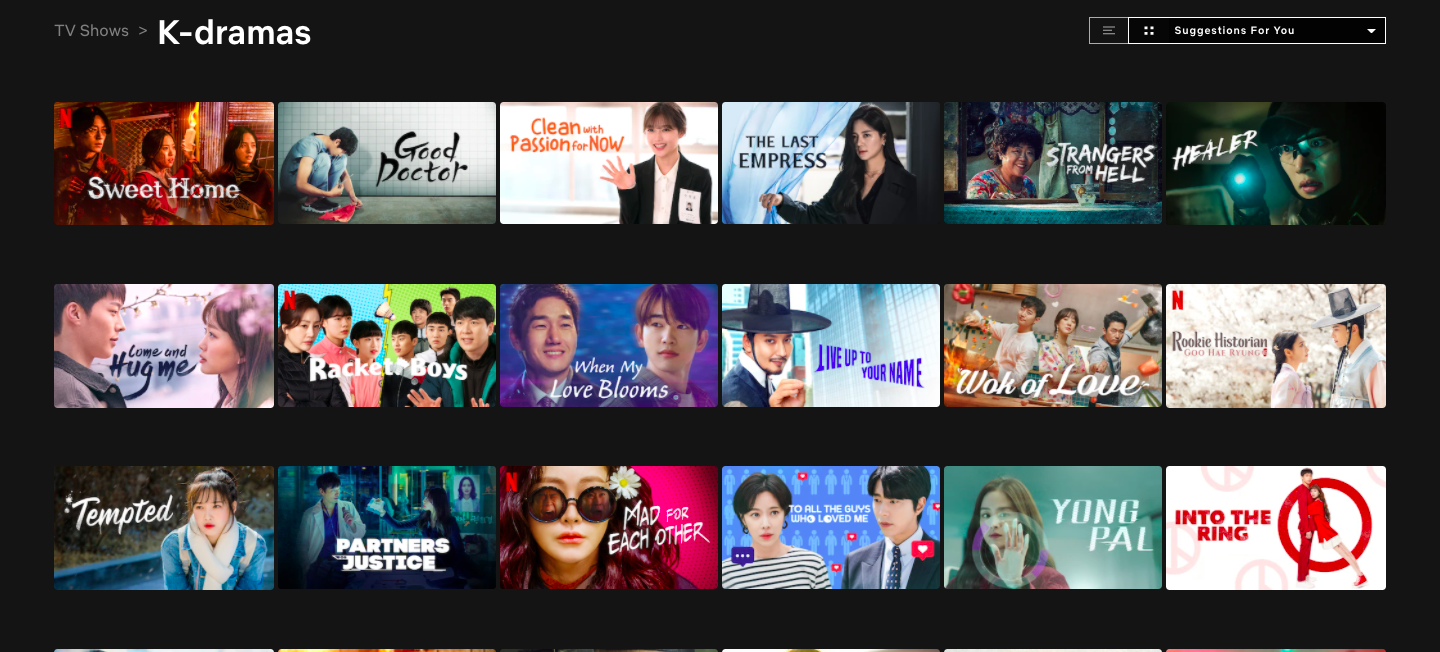
The platform’s entire selection process seems to exist in what Netflix Korea’s Director of International Originals Kim Minyoung calls “the white space,” which is “the gap between what is being served” (that is, what’s already been done) and “what the audiences want.” Based on this, it has devised a formula that adds ingenuity with popularity to get the K-drama totality.
And it works. By presenting all these shows alongside each other, differences and all, viewers get a broader picture of what a K-drama actually is. Yes, a number of them are evolving in interesting and unique ways, but many still retain the basic structure of a traditional drama, and that’s okay. Both can co-exist and be part of the genre’s ever-evolving definition.
With its full range realized and on full display, there’s no longer an excuse to reduce K-dramas to a single type or style, or to consider eccentric stories as fringe or inaccessible. Like it or not, the Netflix formula entails a more nuanced understanding of the overall genre, which is actually many things all at once.
(Forbes[1][2][3]. Culture Trip. Wong Fu Productions. Buzzfeed. TVTropes. The Hollywood Reporter. The Korea Times. ScreenRant. The Korea Herald. Spot.ph. Images via tvN and Netflix)
